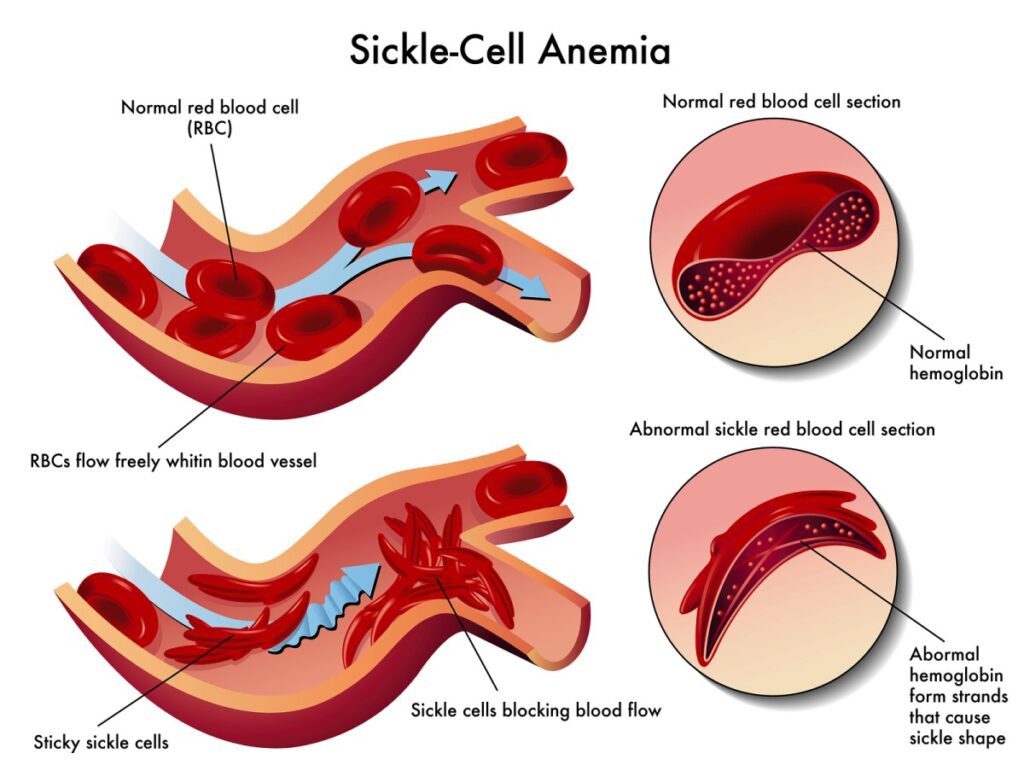Stem Cell Treatment for Sickle Cell
What is sickle cell anemia or Hemoglobin SS?

Sickle cell anemia is a genetic disorder of red blood cells. The shape of red blood cells changes to crescent or sickle form. In this case, a person carries two hemoglobin S genes. This affects the capacity of hemoglobin in red blood cells to carry oxygen to various organs in the body. Therefore, it results in frequent infections, swelling in the legs and hands, fatigue and delay in puberty and growth. Current treatment for sickle cell anemia focus mainly on managing symptoms and may include pain medicines during crisis; hydroxyurea to decrease the pain; antibiotics and vaccines to prevent infections and blood transfusions.
A recent study in the New England Journal of Medicine (Biologic and Clinical Efficacy of LentiGlobin for Sickle Cell Disease/Kanter et. al.), shows that stem cells may provide a possible cure if proven applicable.
Stem cell treatment for sickle cell anemia
The research showed the first successful gene therapy for sickle cell disease that adds a gene to patient’s blood stem cells that prevents the problems of sickle cell disease. Martin Steinberg, MD, hematologist at Boston Medical Center, explains, “Gene therapy with autologous stem cells extends the possibility of a cure to all patients without the need for immunosuppression”.
Although, patients in the study did not had any symptoms of the disease. However, Steinberg identifies that most most continued to have a shorter than normal lifespan of their red blood cells. He believed that it could be linked with some problems in long-term. He also believes that as a difficult and expensive treatment; it should last a lifetime and must be curative or nearly curative for people to accept it. He say, “At this point we do not yet know the sustainability of the results but based on this study the prospects seem good”
Steinberg admits that any highly efficient gene therapy will not improve the health of many people with the disease all around the world. “Most patients with this disease live in Africa and India where access to highly technological health care is less. What is needed of more drugs that can be taken orally and increase fetal hemoglobin levels. This will have a higher likelihood of benefiting populations suffering the most from this disease.”